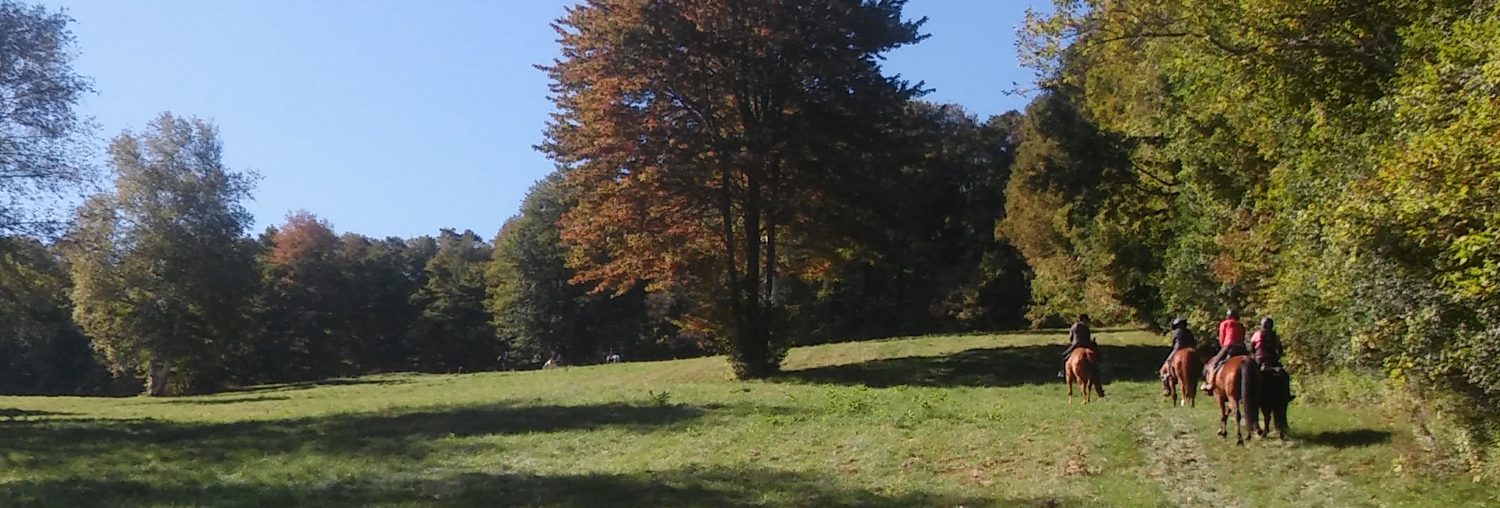The world is a different place than it was a few months ago when I was thinking about traveling, camping trips with the horses, and getting ready for a fun season of trail riding. Like many, my barn has been closed to boarders and I haven’t been able to see him in weeks.

I miss his adorable face and yes, even his silly habit of licking me endlessly.

I am, of course, happy to do my part in preventing the spread of this virus, but that doesn’t mean that I can’t look forward to happier days to come.
Due to the lack of riding, I’m sure that my horse has lost a lot of his fitness. This period of no riding was, of course, following winter – when a lot of people (at least here in the Northeast) aren’t able to ride very much anyway. This has me thinking about how I am going to get my horse conditioned enough to meet our goals while avoiding injury when we are able to return to riding.
Obviously, our goals are going to be dependent on which restrictions are lifted and how long restrictions are in place. I am planning to develop a conditioning program that takes those things into account. My main goal will be not to get so excited about being able to ride him again that I do too much too fast.

I like to think about how I would feel if I had to go from sitting on the couch every day to hiking a mountain the next day. I wouldn’t be very happy by the time I made it to the top (if I even made it!) and I certainly wouldn’t want to do it again the next day! I may even hurt myself trying to do something that I wasn’t physically prepared for.

I try to keep this knowledge in mind when starting my reconditioning process. Now, of course, everything will depend on your horse’s fitness, age, physical limitations, and your goals. However, I think that the following things can apply to nearly any horse:
- Go slow. This applies to the horse’s gaits – go for long walks! And it applies to progressing with their conditioning – keep it easy and slowly add more difficulty and length of time. Horses rarely injure themselves at a walk and it is a great tool for slow and steady conditioning and strength building.
- Have a good warm up and cool down. Horses’ muscles need to warm up and cool down just like ours do to prevent injury.
- Monitor your horse. Is he exhausted after your ride or is he just a little tired? Does he seem sore the next day? Give your horse a break if any issues start to appear. This can prevent a more serious injury down the road.
- Add in hill work. Hill are great for building muscles and strength! If you don’t have access to hills (or even if you do), try adding in some pole work too.
- Check your tack to make sure it fits your horse well. Horses can change shape over time, especially when they either lose or gain condition. Make sure that your saddle fits your horse well and isn’t causing any soreness.
I hope that you are looking forward to more adventures with your equine partners and your horsie friends! I know that I am.

Happy trails!
Kerrie



What a great reminder to all of us on getting our horses in condition after the long winter and now perhaps not even be able to see your horse. Your suggestions are right on. Besides your horse, you as the rider need to get back in condition for riding too. I would add that taking a day off between rides is a good idea. Gives a chance for the horse’s muscles to rebuild. When I was doing endurance riding, the ones in the know always said let your horse rest at least a day between conditioning rides. I am lucky since my horses live with me but I am still taking it slow since I did not ride that much this summer. Hopefully we will all be able to soon do all those trails we have been dreaming about all winter.
Great article Kerrie! Personally, I think our enthusiasm for helping our ponies get back into shape will be met with less enthusiasm on the part of our ponies. Based on your artwork, I noted that the pony’s interest was on the grass…not on the excited arrival of the companion human 🙂
That’s the truth, isn’t it?! They are like “oh hi… did you have cookies? No? Okay.. grass… nomnom” 🙂